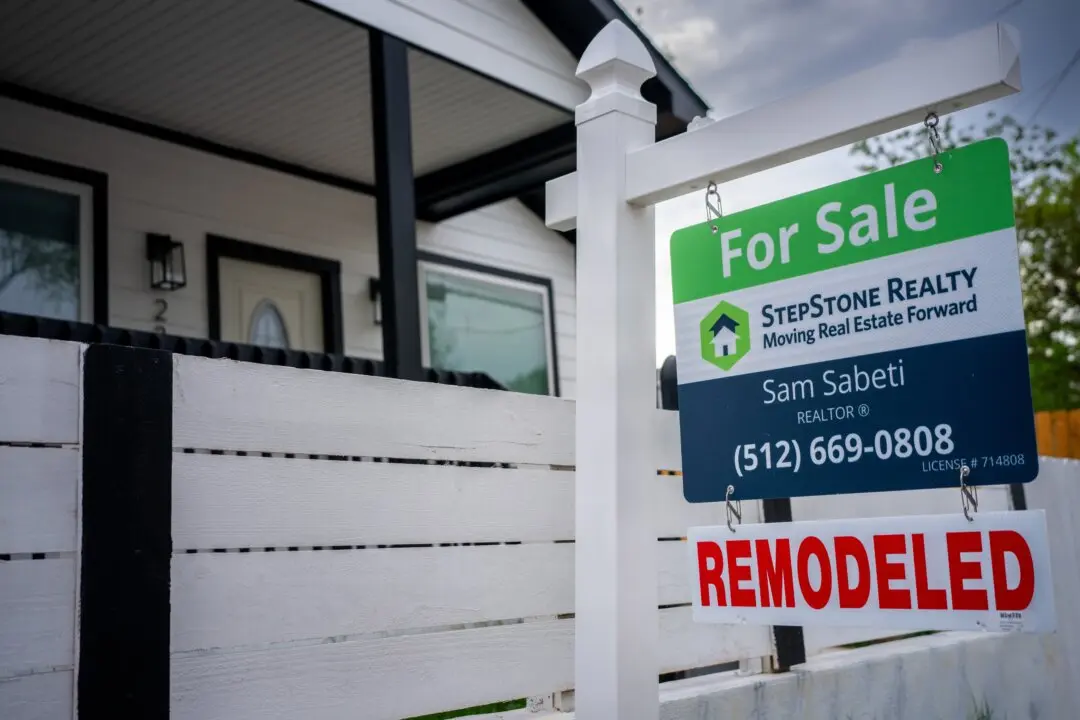A Harvard University student newspaper has called for more diversity in hiring professors after a survey showed how overwhelmingly left-leaning the institution is.
Student paper The Crimson surveyed nearly all 1,000 of the professors and part-time lecturers at the Faculty of Arts and Sciences, the largest of Harvard’s seven.




